10 Foods That Are Making You Gain Weight
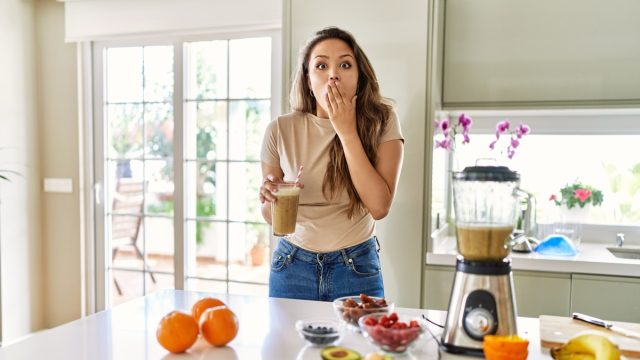
If you're embarking on a weight loss program, it's crucial to understand how much energy you are taking in vs. how much energy you are burning off. Here's where things can get tricky—food doesn't have to be unhealthy or bad for you to be high in calories.
"Many people mistakenly think that cutting fat always means cutting calories," according to Howard E. LeWine, MD, via Harvard Health. "Some fat-free foods actually contain more calories than the regular versions because manufacturers use extra sugar to make up for the flavor lost in removing the fat. Moreover, low-fat or nonfat foods are not low-calorie if you consume them in large quantities."
Some of the most commonly enjoyed superfoods are also very high in calories, and if portion size is not understood, they could derail your weight loss regimen. Here are ten energy-dense foods that could be causing you to gain weight.
Nuts
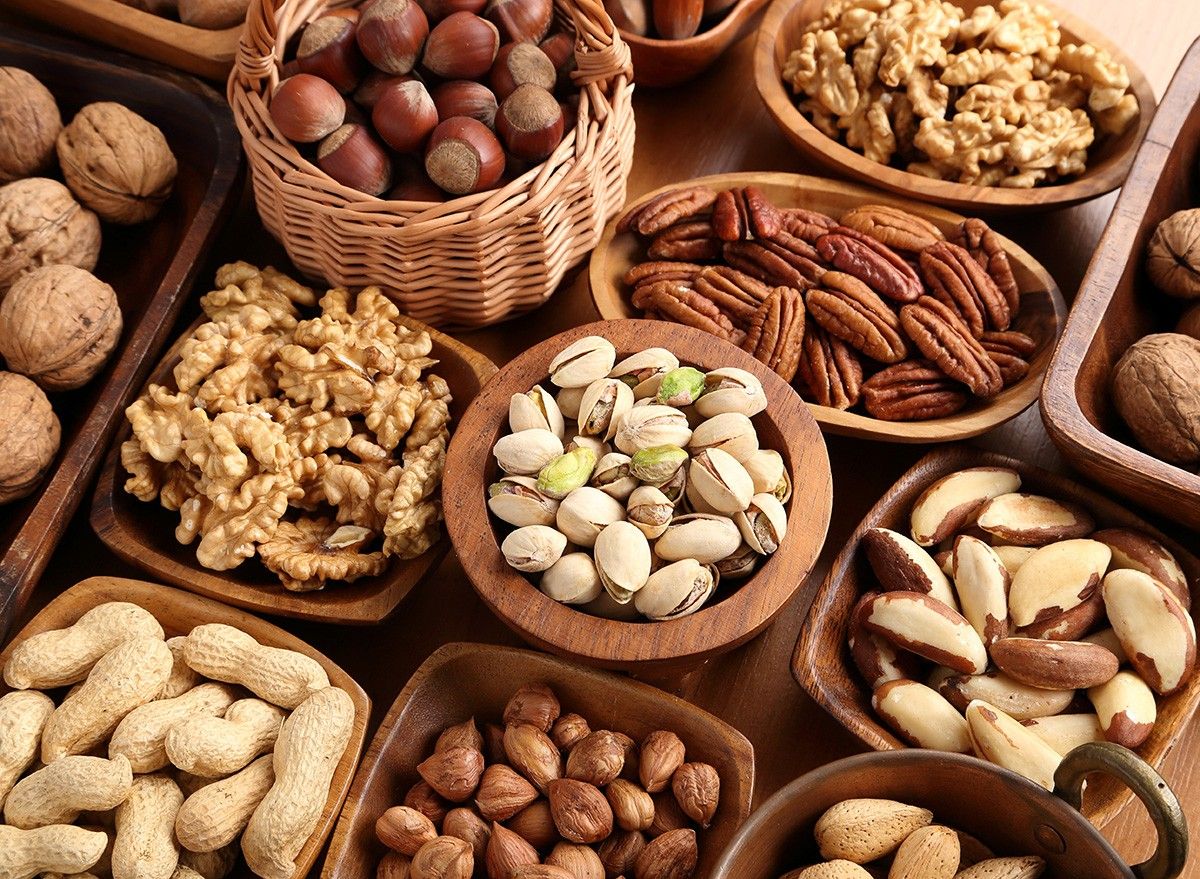
Nuts offer many amazing health benefits, but many people aren't aware of what a normal serving size is. "Because of their fat content, nuts are high in calories, so it's best to limit your portion size to a small handful (30g)," according to the British Heart Foundation. "This amount of nuts generally contains 180 to 225 kcal (depending on the type of nuts). Peanuts and pistachio nuts have slightly fewer calories than other nuts (but are still high in calories); hazelnuts and almonds are lowest in saturated fat."
Avocados
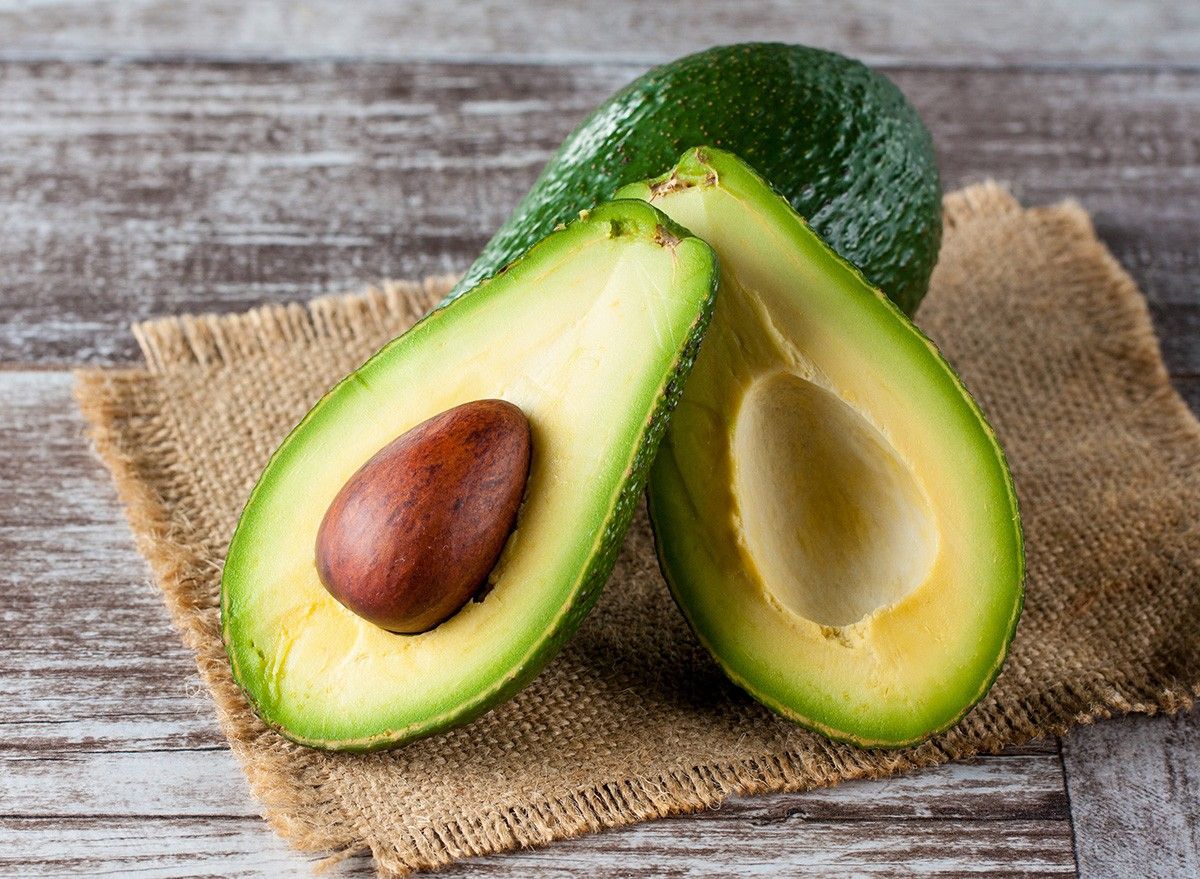
One large avocado can have over 300 calories. "When you eat avocados, the calories add up quickly," Kristin Kirkpatrick, manager of wellness nutrition services at the Cleveland Clinic Wellness Institute, tells Today. "You can overdo even healthy foods if it ends up costing you hundreds of extra calories per day that your body simply does not need."
Flavored Yogurt
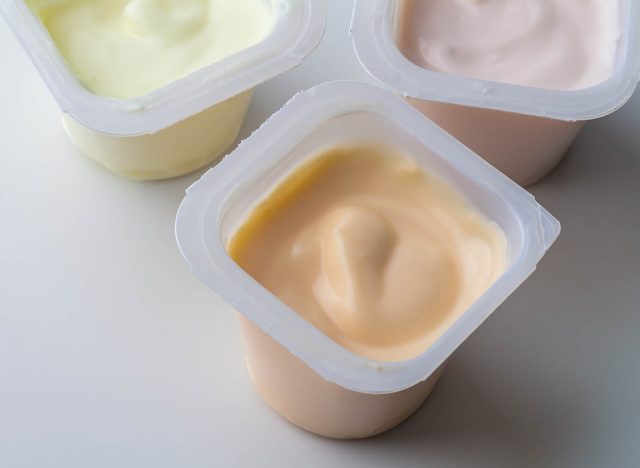
Be careful of yogurts that have added sugars, as this can significantly increase the calorie count. "Added sugars are any sugars that food manufacturers add to the product, which means it doesn't count the natural sugars in fruits and other plant foods," says The American Institute for Cancer Research. "Foods and drinks with added sugar can lead to overweight and obesity, and too much body fat causes almost 122,000 cases of cancer in the US every year so that knowledge IS important."
Fast-Food Pizza
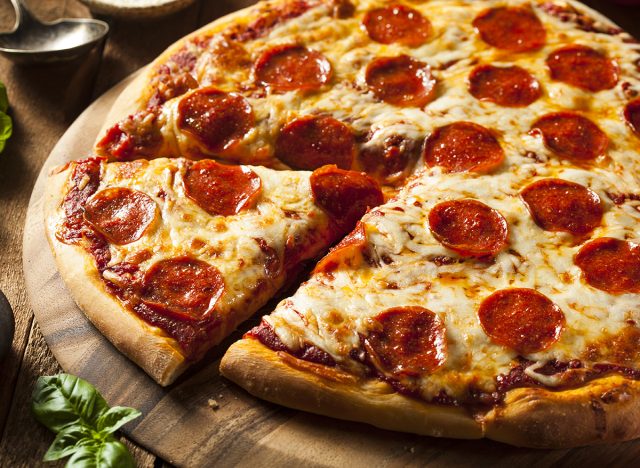
Pizza is high in fat, refined carbs, and calories. Even one slice of store-bought pizza can hit the 400-calorie point, and who is eating just one slice of pizza? If you want to have your pizza and eat it, too, try making it at home so you have control over the ingredients and calorie count.
White Rice
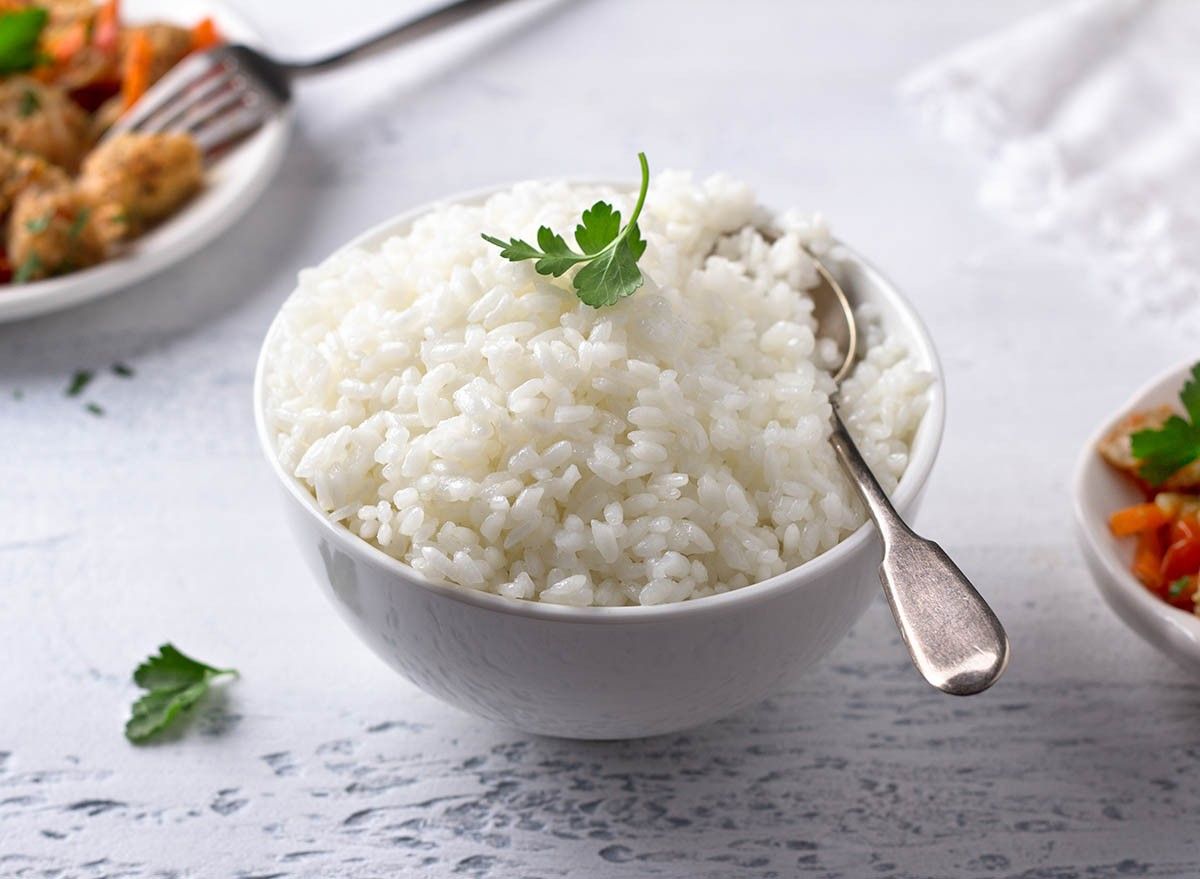
Rice is a staple in many cuisines around the world, but it's not a low-calorie food. One cup of white rice contains over 200 calories, so portion size is important when enjoying this food. Brown rice has a lower glycemic index than white.
RELATED: 15 Ways to Lose 3 Pounds Per Week by Walking
Bagels
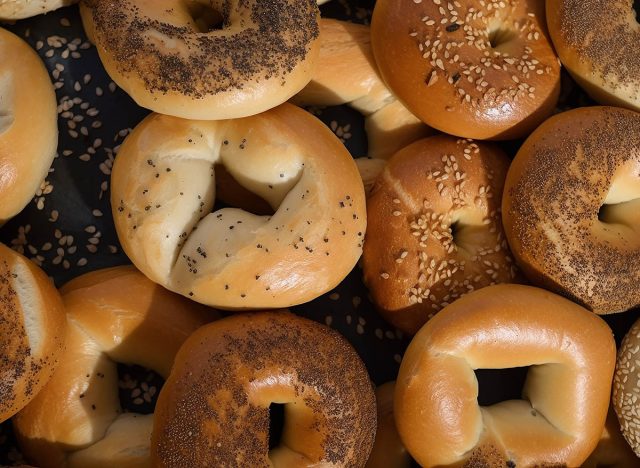
High in carbs and low in fat and protein, a single large bagel without any additions can be over 360 calories. Let's face it: no one is eating a bagel without anything added to it. "If you're eating more calories, you'll gain weight," Adam Goldstein, MD, director of the University of North Carolina Weight Management Program in Chapel Hill, tells AARP.
Artificial Sweeteners
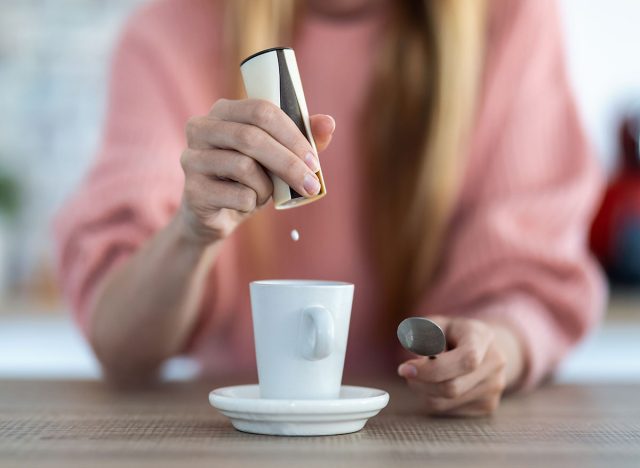
A recent study from the University of Minnesota Medical School shows that artificial sweeteners can cause weight gain. "This study showed that habitual, long-term intake of total and individual artificial sweetener intakes are related to greater volumes of adipose tissue, commonly known as body fat," said Brian Steffen, PhD, MSCR, a professor in the Department of Surgery at the U of M Medical School. "This was found even after accounting for other factors, including how much a person eats or the quality of one's diet."
Plant-Based Dairy
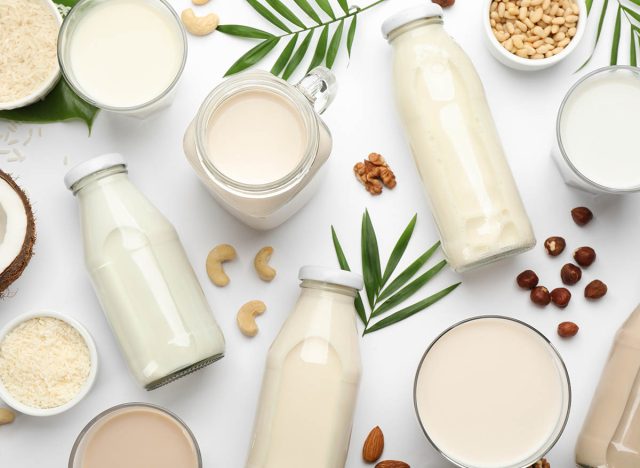
Plant-based dairy alternatives using cashews and coconut, for example, are not low-calorie options. They tend to have significant added sugars in them. "My patients are trying to make healthy swaps. They think they're doing the right thing, but they're just trading one evil for another," Melanie Murphy Richter, a Los Angeles-based registered dietitian, tells AARP.
RELATED: 15 Quick Ways to Lose Body Fat Percentage in a Week
Alcoholic Drinks

Even without any mixers, alcoholic drinks are high in calories—but depending on the mixers, a single cocktail can have hundreds of calories and added sugars. "Wine, beer, cider, spirits and many more of our favorite drinks are made from natural starch and sugar." says the NHS. "Fermentation (and distillation for certain drinks) is used to produce the alcohol content. This is why alcohol contains lots of calories – 7 calories per gram, which is almost as many as a gram of fat. Plus, additional calories can be in added mixer drinks, such as cola or tonic water."
RELATED: 10 Proven Ways to Get Rid of Abdominal Fat at Home
Olive Oil
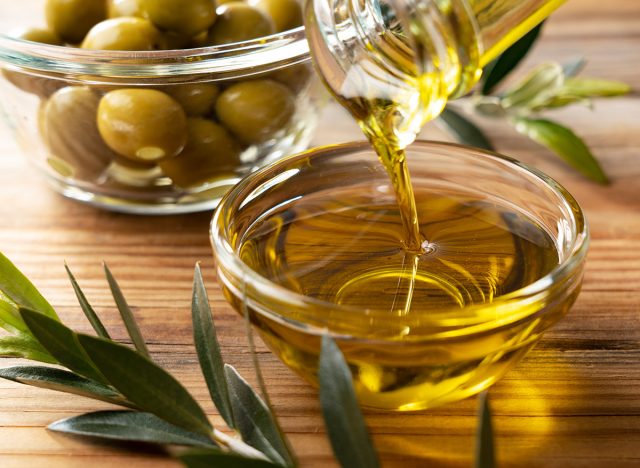
Just one standard tablespoon of olive oil is 119 calories. Extra-virgin olive oil has incredible health benefits and should be included in a balanced diet, but keep portion sizes in mind. It's easier to underestimate just how much oil you are using for food preparation and recipes.
💪🔥Body Booster: Superfoods like olive oil and avocado are not low-calorie, so be mindful of portion size.




